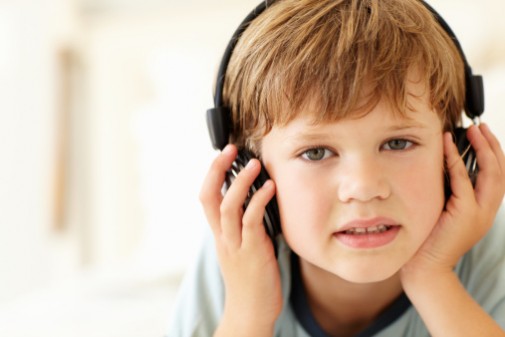Parents: Preserve your child’s hearing during the holidays

Hearing loss may be associated with seniors, but in reality it can happen at any age, even to children.
Everyday exposure to noise is common, however, sounds that are loud and long-lasting can cause noise-induced hearing loss, which is caused by damage to the hair cells in the inner ear.
For children who are exposed to prolonged loud noise, the sounds at high levels pose a hazardous risk to hearing.
According to a recent article published by the American Academy of Pediatrics and American Speech-Language-Hearing Association, one of the main reasons for hearing loss in children is the widespread use of personal audio technology and other smart devices. When not used safely, these devices, ear buds or headphones present a significant danger to a child’s hearing.
During the holiday season, smart devices and high-tech headphones are on the wish lists for children of all ages.
Dr. David Walner, a pediatric otolaryngologist who specializes in ear, nose and throat at Advocate Children’s Hospital in Park Ridge, Ill., says it’s important to use these devices safely.
He offers these tips to prevent damage to children’s hearing starting at a young age:
- Children should be taught to protect their ears by turning down the volume at half level and allow ears to rest by pausing or taking breaks from listening.
- Parents should be a good role model by protecting their own ears.
- Parents should also help their children make good choices with purchasing these devices.
“Noise cancelling headphones are often a good idea, as kids won’t need to turn the volume up to drown out outside noise,” says Dr. Walner. “Look for ear buds or headphones that fit the child well, which will prevent sound leakage and reduce the need to turn up the volume for better hearing.”
Noisy toys for toddlers may also cause damage in particular because children tend to hold toys closer to their face and ears. Before purchasing, parents should test the toy’s volume. If noisy toys are purchased, modify the sound by placing a piece of tape over the speaker and even remove the battery so there is no sound at all.
The Noisy Toys List published by the Sight & Hearing Association is a resources for parents who are trying to find out if a toy is dangerously loud.
Related Posts
Comments
About the Author
health enews staff is a group of experienced writers from our Advocate Health Care and Aurora Health Care sites, which also includes freelance or intern writers.

















